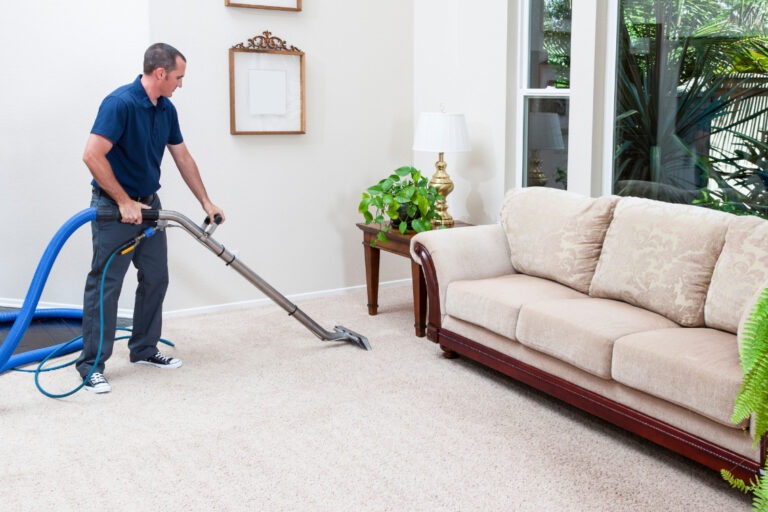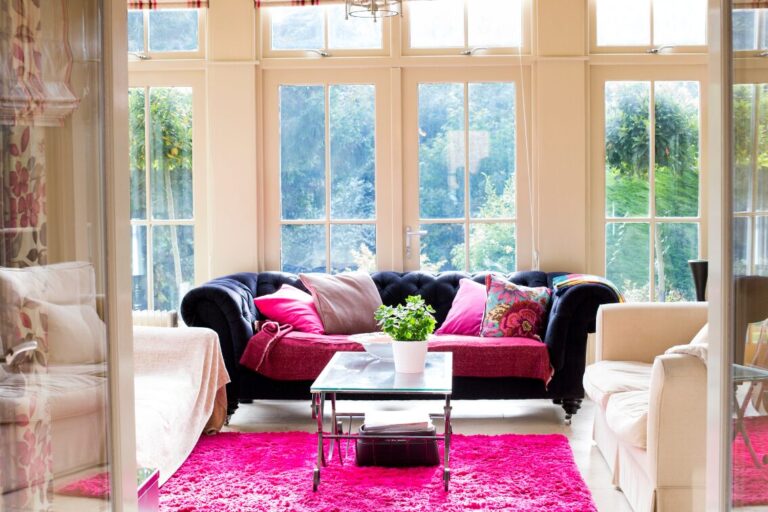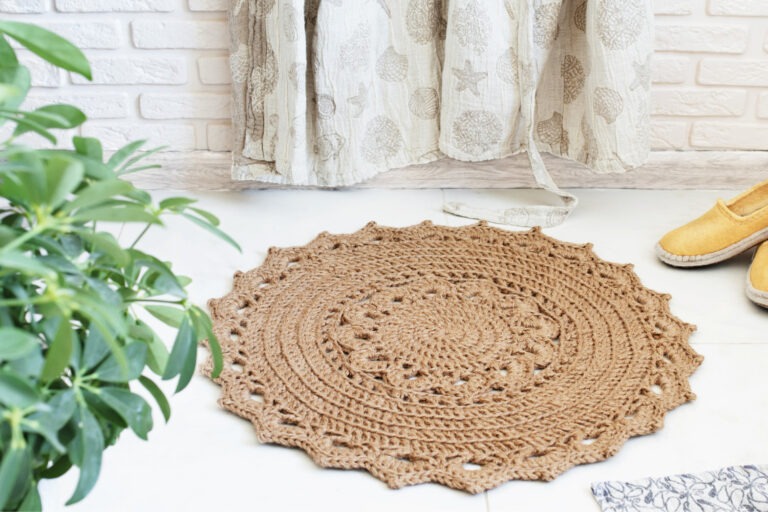8 Things You Cannot Miss When Buying an Area Rug
You’ve finally decided that it’s time to spruce up the look and feel of your home, and naturally, a new area rug is a part of your plan. After all, a new, beautiful, high-quality carpet will add the fresh appeal you crave, while reflecting your style and lifestyle.

At this point, you’ve probably gone over all the common questions: Do I really need a new rug? Which rooms require new carpets? What should I do different this time?
And, they are all valid questions. An area rug is a considerable financial investment, and it makes a significant impact on the quality of your time at home. What’s more, you will likely have it for several years to come.
Looks, design, sound absorption, style statement, and the feel on your skin – there are so many things to consider that it can often get confusing. So, let’s make it easy!
We’ve created this easy-to-follow checklist of all the things you must consider before you start removing the carpet you have at home and start rolling out a new one.
1. Carpet Trends
Whether you like the traditional look, the modern appeal, or the timeless designs, find something that complements your home’s interior décor. You need a high-quality carpet that elevates the appeal of your furniture and other décor elements, not suppresses them. Browsing the latest designs in the market is a great way to fire up your imagination.
Try something fresh and innovative. Remember, there’s a fine line between quirky and weird. Tread it carefully. If needed, enlist the help of your friends and family.
2. Rug Size
A big rug in a small room will make it look cramped, while a small rug in a large room will make it look under-furnished. So, the right size depends on the room for which you are getting the rug.
Another thing to consider is how much of your furniture will stand on the rug. The rug must be slightly larger than the furniture.
3. Rug Shape
Once again, the shape of your room dictates the shape of your rug. Typically, you’ll find a greater variety of rectangular carpets because that’s the shape of most rooms. However, you’ll also find a good selection of oval and circular carpets too.
We strongly advise that you consider oval and circular carpets for hallways, entryways, dining rooms, bathrooms, bedrooms, and family rooms. They add the much-desired variety to your flooring.
4. Materials Used in Making Carpets
Carpets come in a variety of materials – pure wool, wool-viscose blend, wool-cotton blend, polyester, polypropylene, nylon, and the list goes on. Choose the rug material based on purpose and usage. For high-traffic areas, wool and blended wool carpets offer the best value. They are durable, stain-resistant, and feel great too. If you want something inexpensive, synthetic fibers will do the job.
If you live in a geography that witnesses substantial rain, then consider waterproof materials, especially for areas like the patio.
5. Rug Colors
Of course, the color must complement your interior décor. You don’t always have to go for subdued colors like beige and grey. You can try something different too, as long as it works for your home.

And, take a moment to consider the type of dyes used by carpet companies. Natural dyes require expensive production methods, and hence, the carpets made out of them can be expensive. However, they don’t fade easily. Chemical dyes, although cheaper, fade easily. If you have the budget, then consider the environmental effect of the chemical dyes.
6. Construction of the Rug
Based on production methods, the rugs can be classified into two groups – machine-made and handmade. The machine-produced rugs are inexpensive but usually have a low knot-count. This compromises their quality significantly.
The handmade rugs are significantly more expensive, as each of them often takes several days to be weaved. The product: high-quality carpets with a plush texture, rich colors, and robust construction that helps them last decades when cared for properly. As a general practice, run your hand through the rug before purchasing. If your fingers end up with a good amount of tufting, then you will likely witness plenty of shedding as you use the carpet.
7. Invest in Carpet Padding
A decent amount of thick padding below the carpet can help it last longer, while dramatically improving the feel of the rug under your feet. Padding makes the carpet feel soft, cozy, and plush. It may increase your budget slightly, but it’s well worth the few extra bucks.
8. Rug Prices
The cost to carpet a room vary vastly depending on the quality, construction, size, brand, and other factors. However, arriving at the ideal price can be downright counter-intuitive. You want to save money? Then may you have to spend more! Let us explain.
Durable, high-quality carpets can last decades, while low-quality rugs may wear out in a matter of a few years. In the long run, you may incur higher costs over repeat purchases. This is particularly true if you have kids or pets at home. Perhaps, one solution would be tile carpeting. That way, you can replace certain damaged sections instead of the whole thing. Even going by the average carpet cost, that will save you a lot of money.
That doesn’t mean that you must always go for a higher-priced rug. Consider your budget, estimate the lifespan of the rugs you are considering to buy, and decide which of them is more economical for you.
Final Thoughts
An area rug is a long-term investment, and therefore, its quality cannot be compromised. Brands, warranties, maintenance requirements, and seller reputation, are all critical elements to consider as well. Lastly, do some research on production. It’s not uncommon for carpet companies to source products from third-world countries where child-labor continues to be rampant.
We hope our article helps you find the perfect rug for your new pretty place (Sorry for the pun!).








